Découvrez et soutenez des artistes indépendants. Explorez l’art écologique, les créations artisanales et des histoires inspirantes.
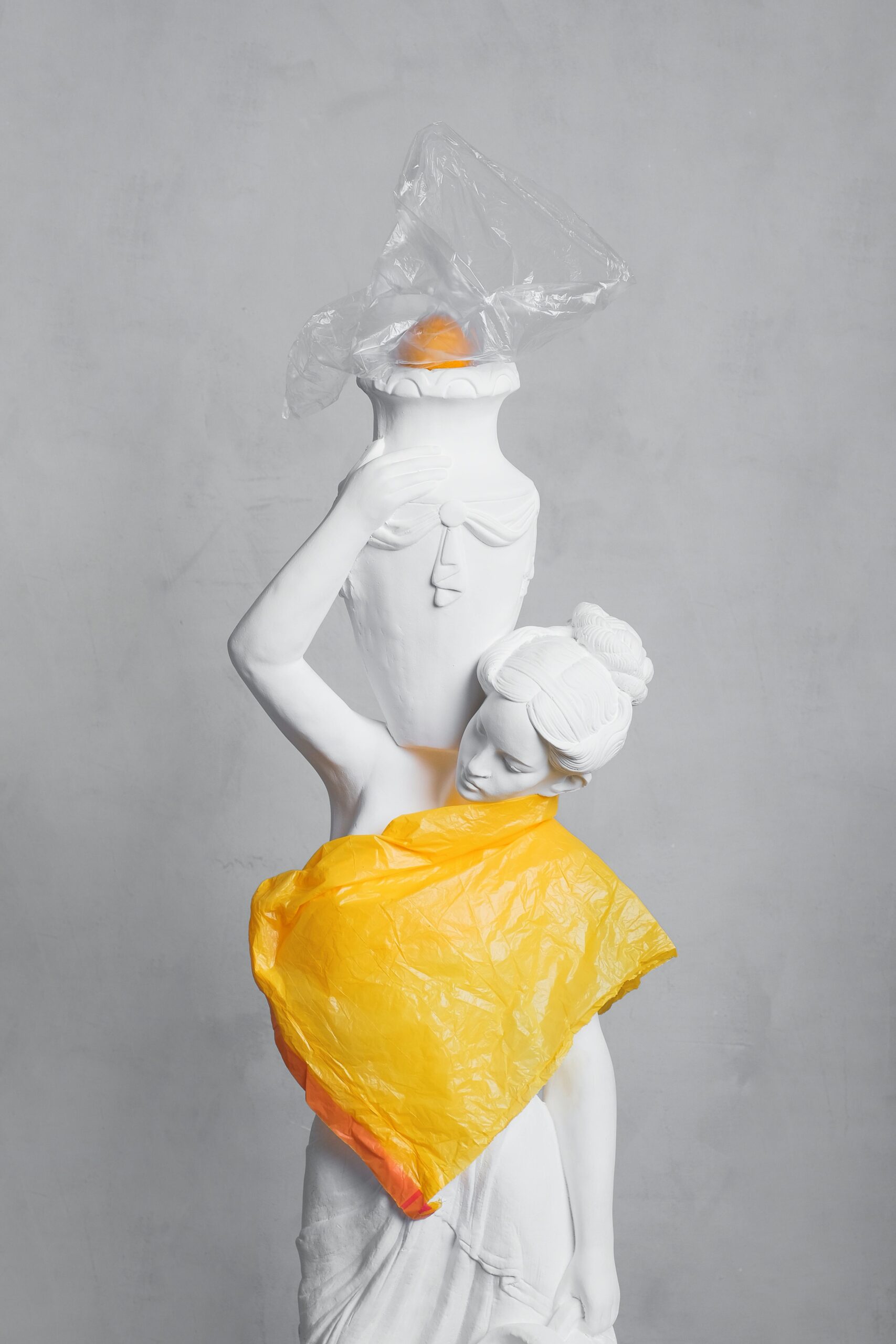
Eco Art: How Recycling Becomes Creative Expression
Eco Art: How Recycling Becomes Creative Expression. Eco art transforms recycled materials into powerful creative statements.
As an independent artist, I believe creativity and sustainability go hand in hand. Eco art is more than just a trend – it’s a way to give discarded materials new life while making meaningful, expressive work. By turning what others see as waste into works of art, we not only help the planet but also inspire others to see beauty where they least expect it.
Giving Materials a Second Chance
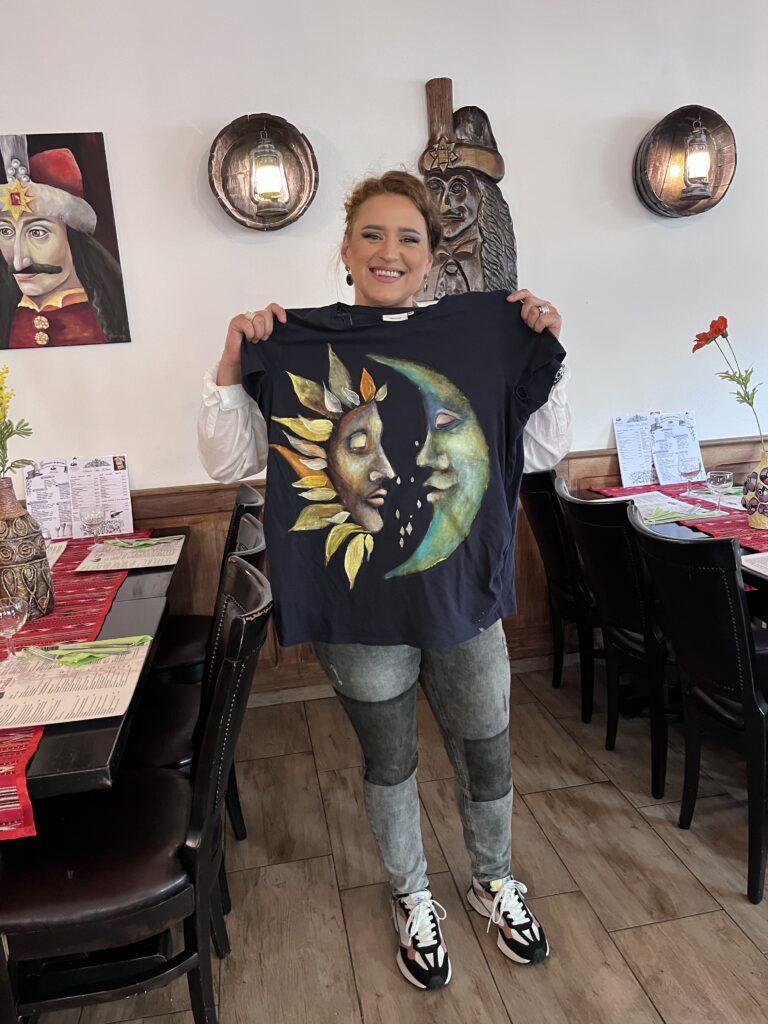
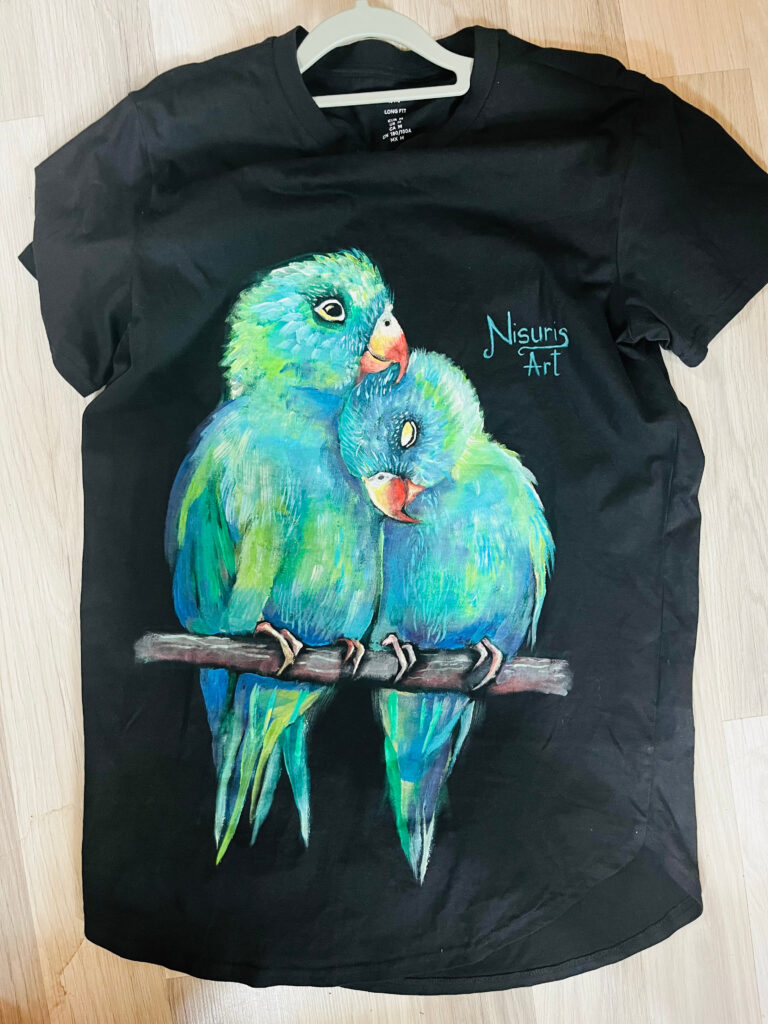

In my studio, many of my projects begin with a visit to a second-hand shop. I look for old t-shirts, canvas bags, and even forgotten pieces of furniture. These items become my new canvases. A faded t-shirt becomes a bold, hand-painted wearable piece of art. A used tote bag is transformed with vibrant florals or surreal illustrations. Vintage furniture, once discarded, is sanded, cleaned, and painted with layered symbolism, often inspired by nature or mythology.
Papier-Mâché and the Power of Paper
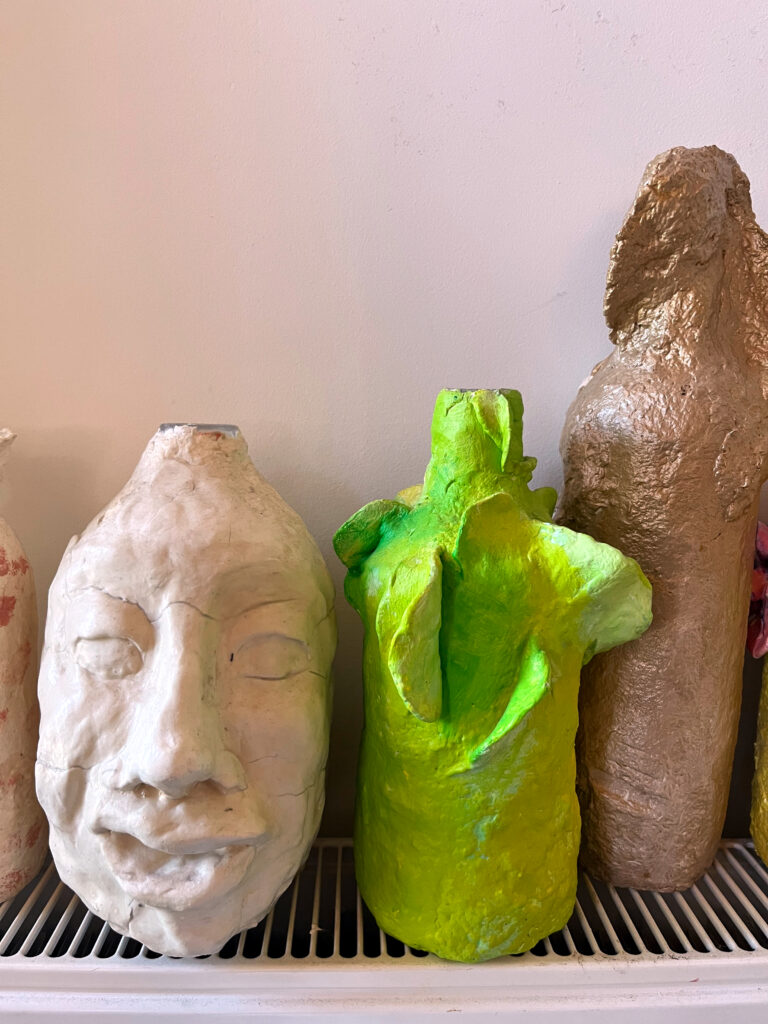
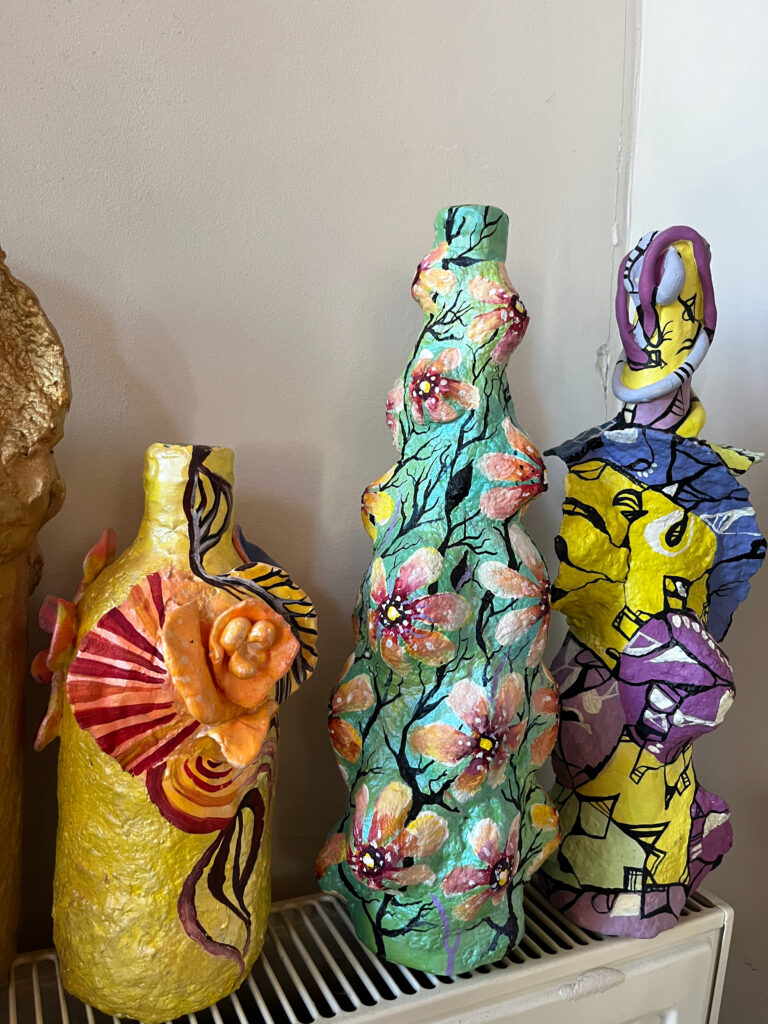
Papier-mâché is one of the most accessible and sustainable mediums I use. Made from recycled newspapers, cardboard, and glue, it allows for sculptural creativity with very low environmental impact. I use papier-mâché to build masks, small home decor pieces, and even base forms for painted objects. It’s tactile, easy to manipulate, and offers endless possibilities for texture and shape. Plus, it’s a wonderful material for both kids and adults who want to experiment with eco-friendly art at home.
Painting as Preservation
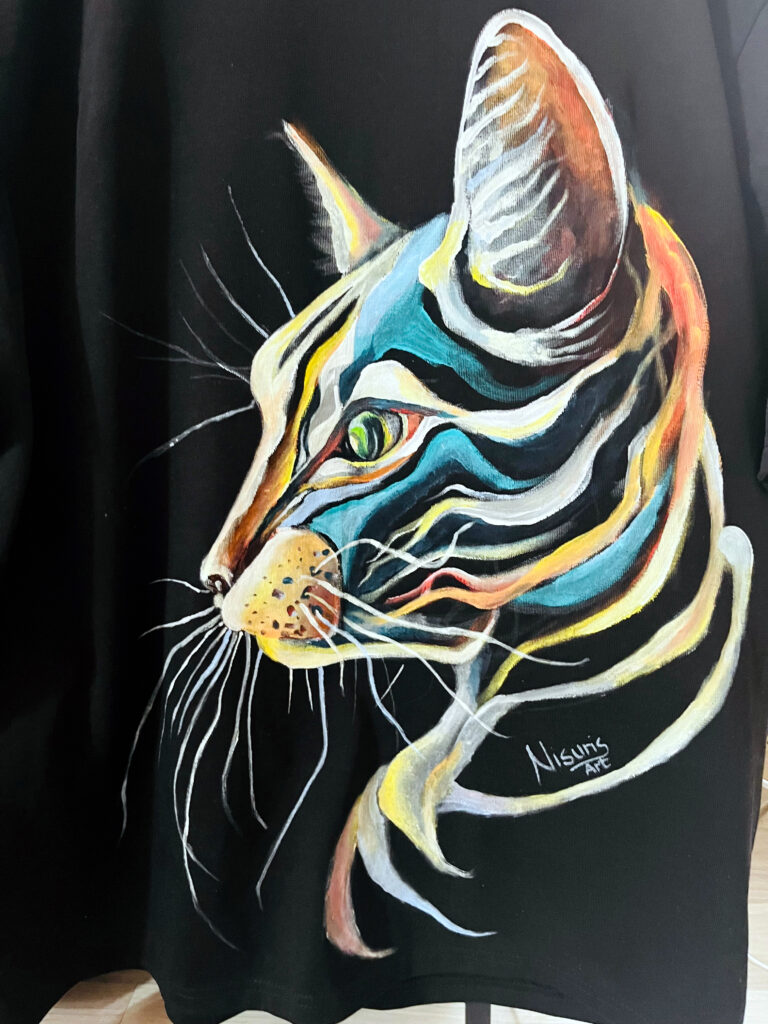
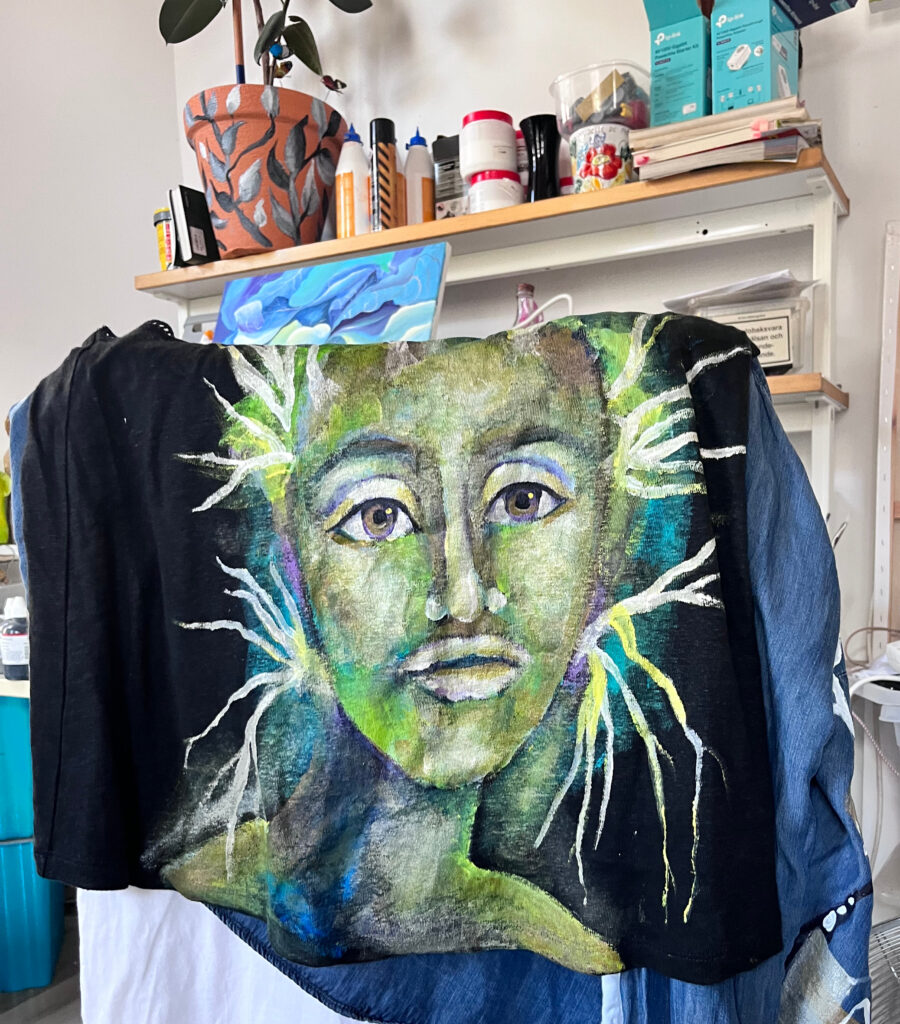
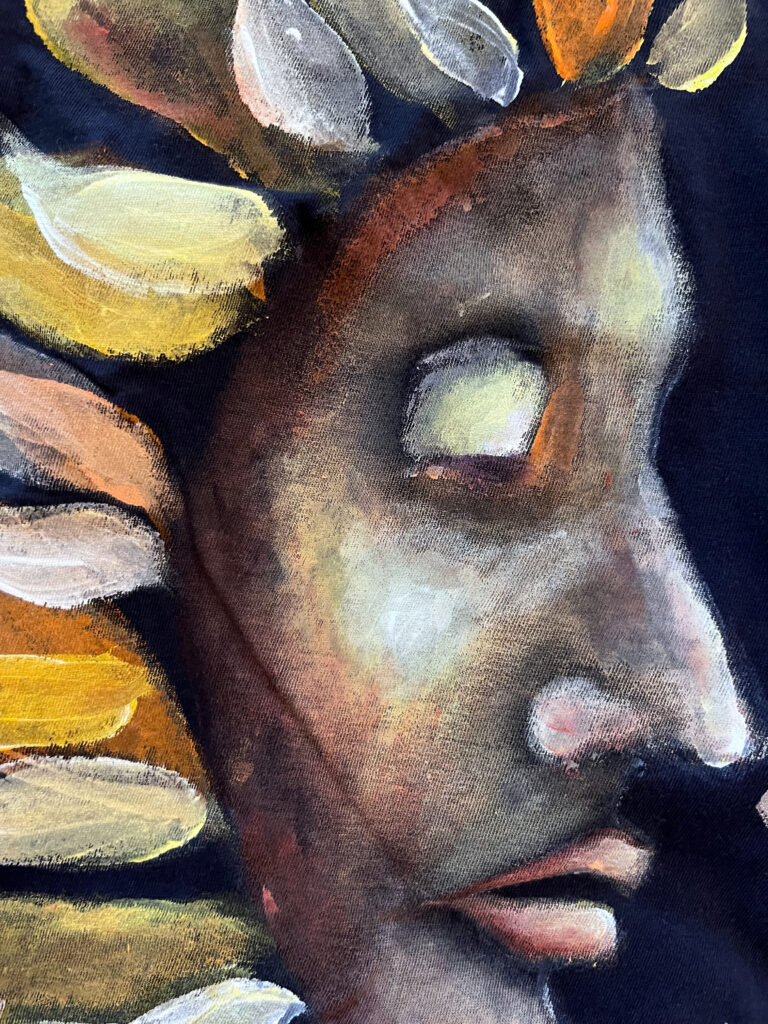
When I paint on second-hand clothing or furniture, I’m not just decorating it – I’m preserving it. The act of painting turns ordinary fabric into something valuable, often emotionally charged. It encourages people to keep their items longer, and perhaps even hand them down. A painted jacket or dresser tells a story. Each brushstroke speaks of transformation and intention, elevating something that might have ended up in a landfill.
Eco Art and Emotion
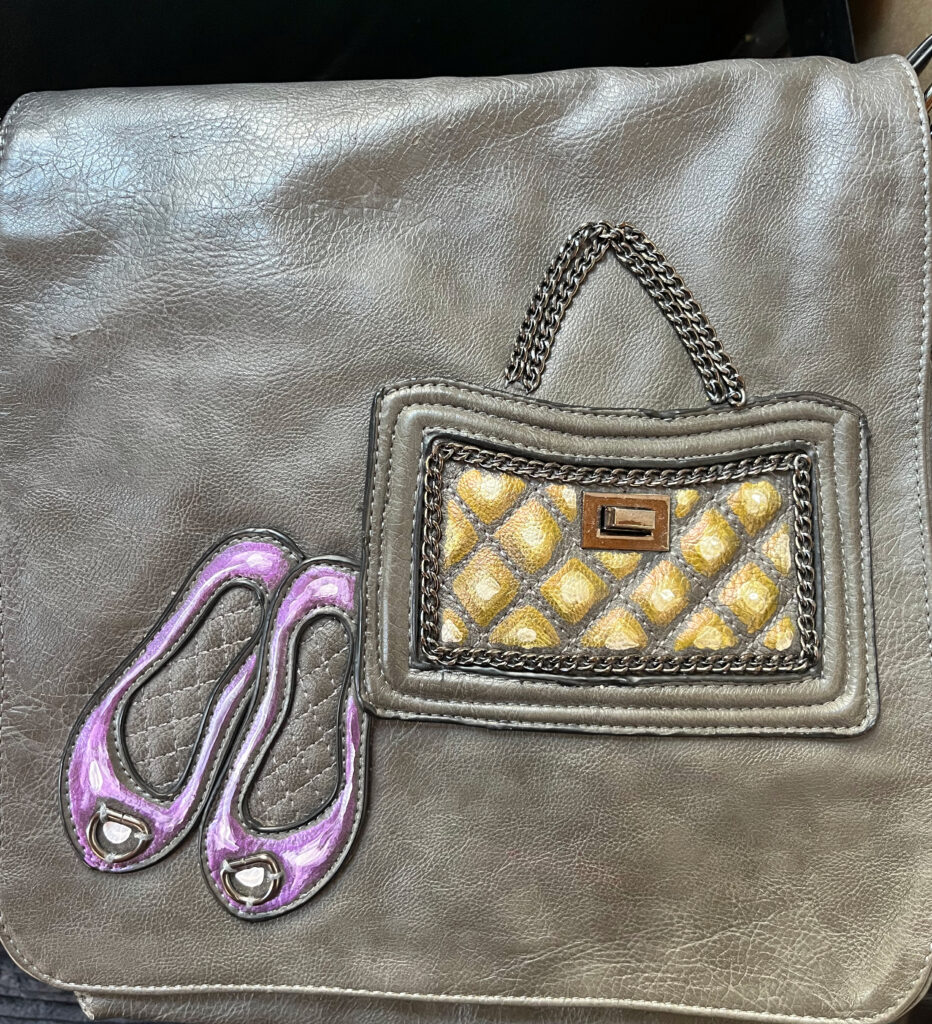
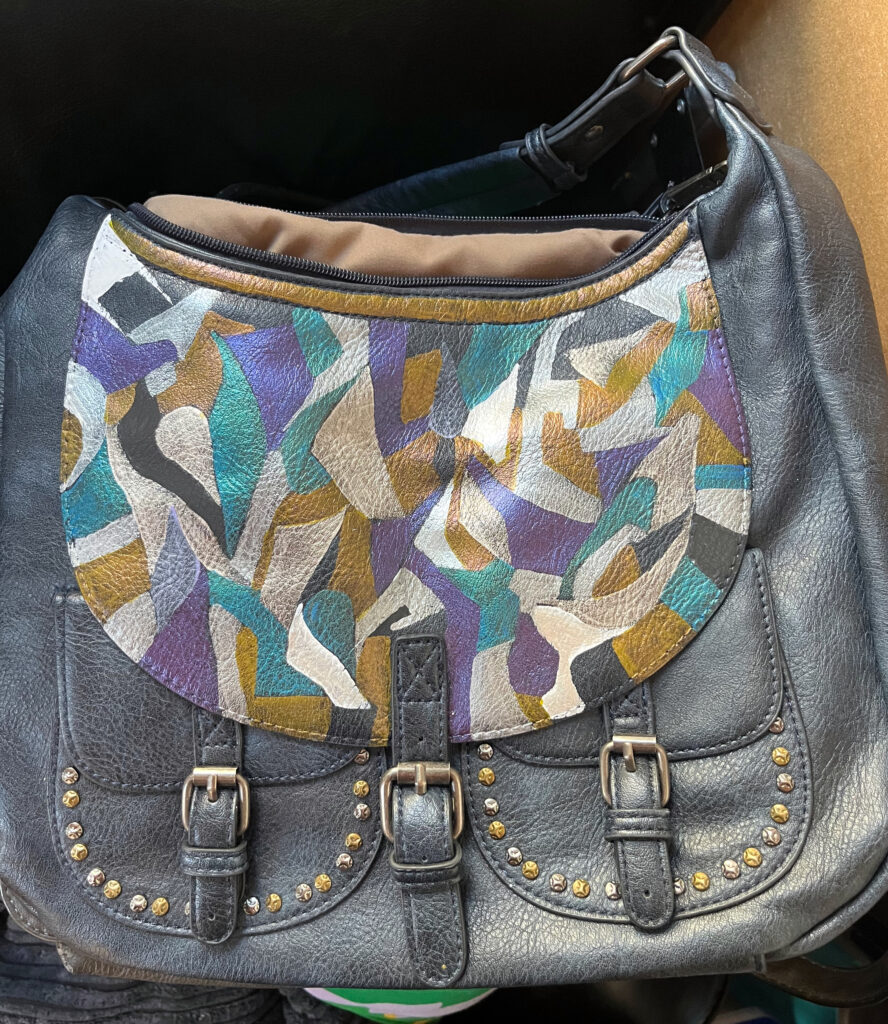
There is an emotional layer in eco art that can’t be ignored. These pieces carry history. A tote bag you found at a flea market may have once belonged to someone with their own journey. By painting it, you’re layering your own story onto it. This sense of continuity and connection is one of the most powerful aspects of eco art.
Expanding the Medium: More Ideas
If you’re interested in exploring eco art yourself, here are some other creative, sustainable directions you can take:
The key is not to start with a blank canvas, but to find one in the forgotten
Documenting the Process
Adding photos of your work can be a powerful way to share your eco art journey. Show the “before and after” of your upcycled items. Include close-ups of texture, layers, and hand-painted details. This helps connect your audience with your process and makes your message more relatable. I’m currently building a photo gallery of my hand-painted second-hand fashion and recycled home decor for my website, and it’s become one of the most engaging parts of my content.
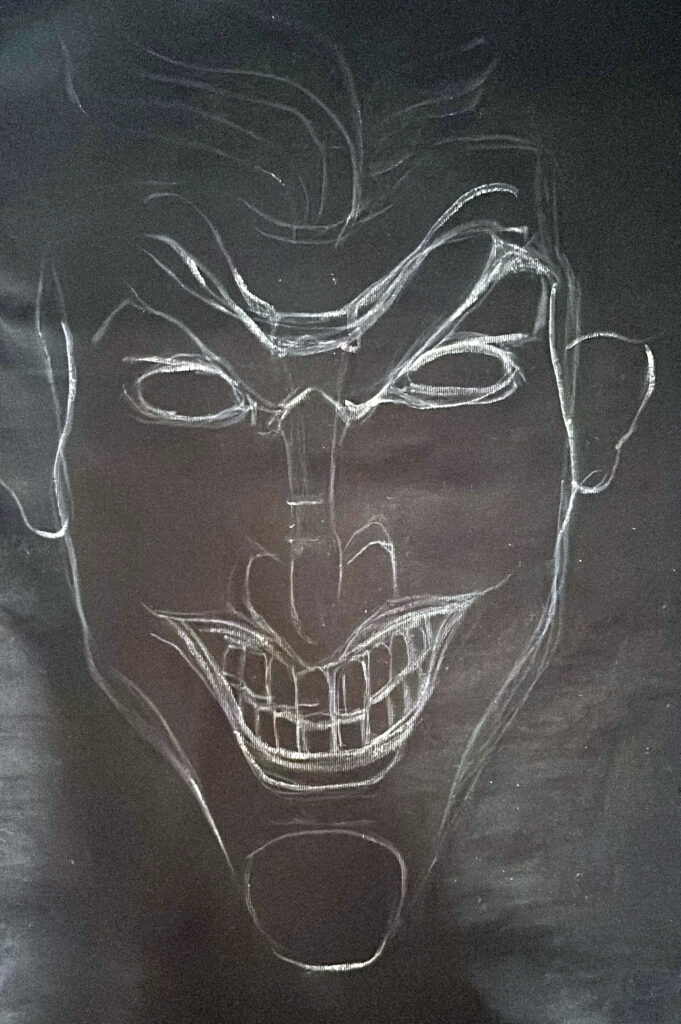
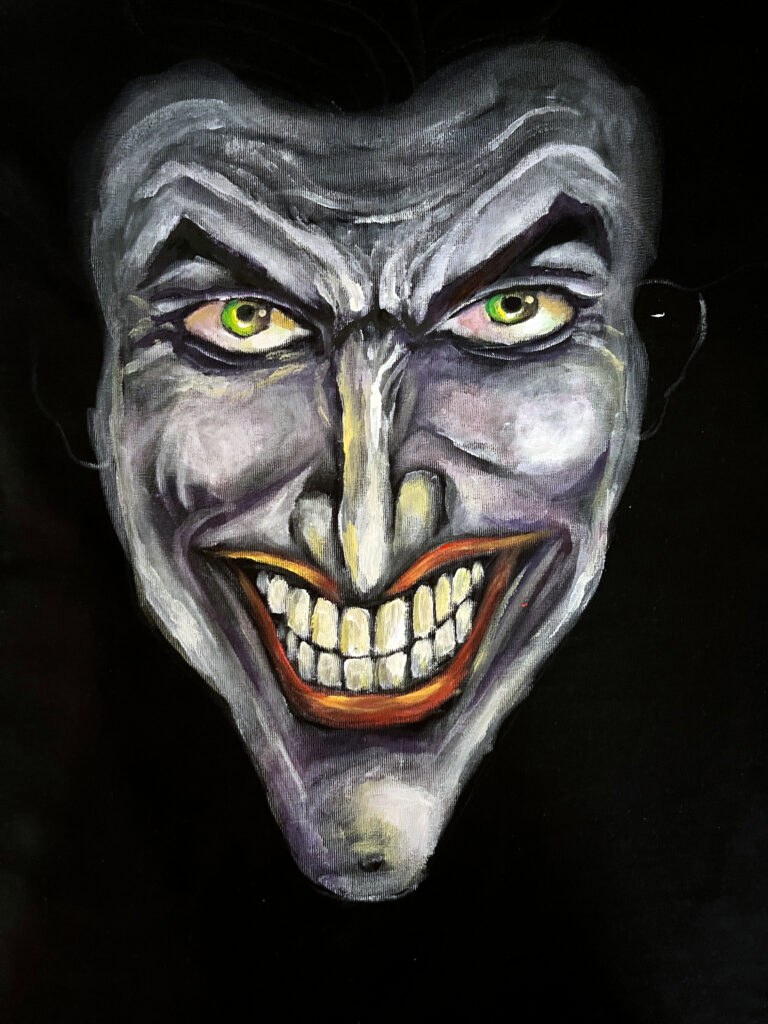
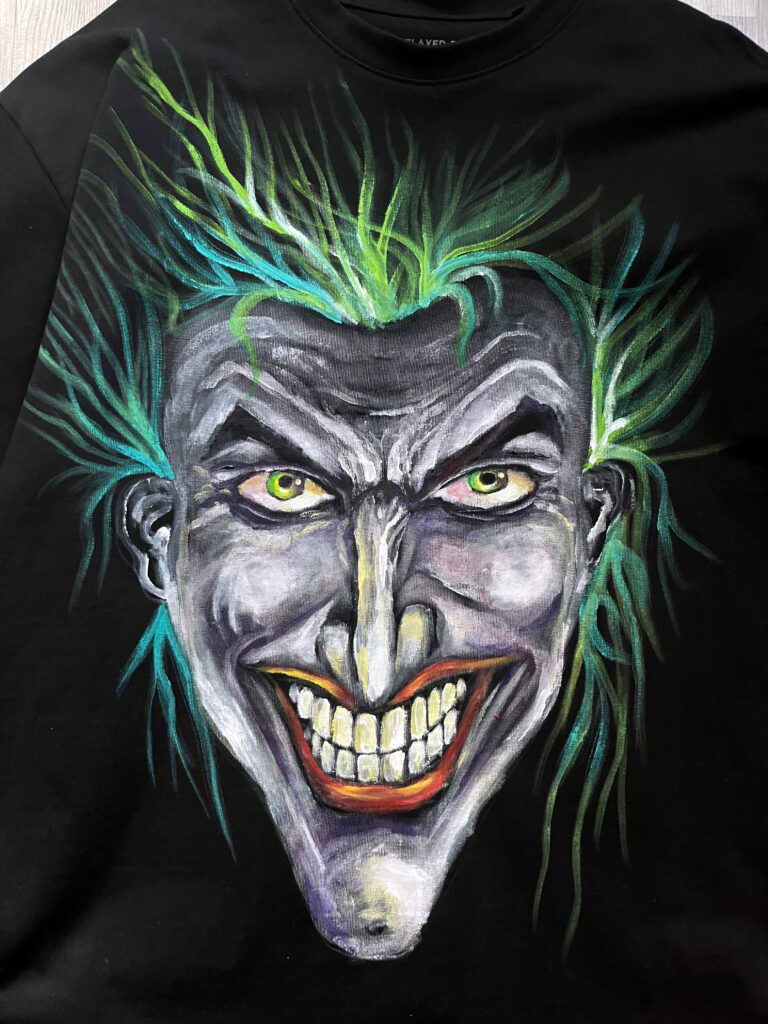
Why Eco Art Matters
In a world where fast fashion and consumerism dominate, eco art is a quiet rebellion. It proves that beauty doesn’t have to come from something new. It can emerge from something old, something broken, or something deemed worthless. As artists, we have the ability to shift perspectives, and eco art is one of the most direct and powerful ways to do so.
FAQ Eco Art
What is eco art?
Eco art is a form of creative expression that uses recycled or repurposed materials to produce artwork, often highlighting environmental or social themes.
What can I use for eco art?
Common materials include second-hand clothing, old furniture, paper scraps, cardboard, glass jars, broken jewelry, and found objects.
Is papier-mâché eco-friendly?
Yes! Papier-mâché uses recycled paper and simple glue, making it a sustainable and accessible medium for artists of all ages.
Why paint second-hand items?
Painting second-hand items preserves them, adds artistic value, and prevents them from ending up in landfills. It’s also a unique form of storytelling.
How can I start eco art at home?
Begin by collecting discarded items like fabric, paper, or old jars. Choose a medium you love—painting, sculpture, collage—and let the materials guide your creativity.
